Mastodon Tusk Marked by Human-Made Tools (Photos)
Neil Puckett surfaces
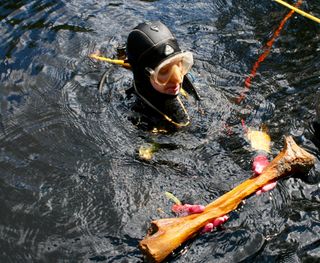
Neil Puckett, a Ph.D. student from Texas A&M University involved in the excavations, surfaces with the limb bone of a juvenile mastodon.
Jessi Halligan during the dive
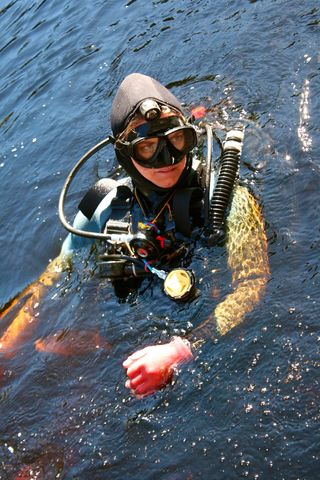
Jessi Halligan, Ph.D. Assistant Professor, Department of Anthropology, Florida State University. Halligan, a co-author of the study, was also the lead diver and excavation manager at the Page-Ladson site.
Examining a new find
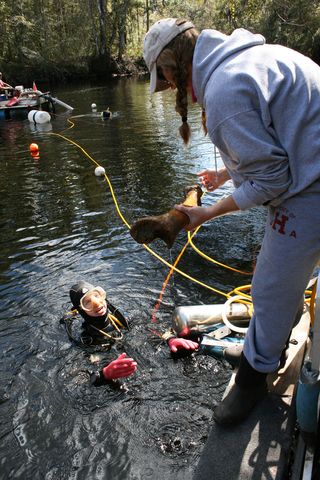
Co-principal investigator Jessi Halligan examining a mastodon bone brought up from a dive by CSFA student Neil Puckett at the Page-Ladson site.
Biface close-up
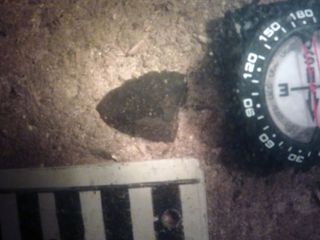
A close-up photo of a biface — a type of prehistoric stone tool — as found in 14,550-year-old sediments at the Page-Ladson site.
How excavation worked
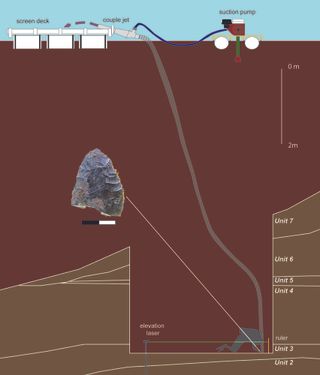
A schematic showing underwater excavation methodology at Page-Ladson, and the location of an artifact.
[Read more about the underwater excavation of these and other ancient artifacts.]
Sign up for the Live Science daily newsletter now
Get the world’s most fascinating discoveries delivered straight to your inbox.











